As a professional aluminum foil bags manufacturer in China, we offer high-quality aluminum foil bags in various sizes, colors and shapes, such as stand-up pouches, flat bottom pouches, pillow pouches, side slip pouches, side seal pouches, craft paper look pouches, and many more others. All of these bags are available in glossy, matte and shiny finish attributes for effective product display.
Before you buy foil bags, read this guide. It contains all the information to help you choose a quality and reliable foil pouch. Whether you want to know about features, specifications, design, or quality standards, you will find all the information here.
1. What is an aluminum foil bag?
These bags have several layers of film that you laminate with adhesive. This makes them durable and therefore puncture resistant. In addition, they protect the product from external factors such as steam, oxygen, odors, or pollutants. In most cases, three layers make up a foil pouch. These bags are an excellent solution for the packaging industry. They come in different sizes, styles and additional features, depending on the customer’s specifications. They are versatile as they are used in different industries from technology to medicine.
2. The use of aluminum foil bags
You’ll find foil bags for storage. This ensures the accuracy of the packaging process, as this may affect the lifespan of the product in the package. You can do this by protecting your packaging from extreme weather and product degradation.
The foil pouch protects contents from:
- extremely hot
- severe cold
- moisture content
- oxygen
- pests
- odor filter
This is achieved by using multiple layers of film inside the foil pouch. In addition, aluminum foil bags can be used to extend the shelf life of food when you use them on the innermost layer of the package.
The packaging is of high quality and complies with FDA requirements. This ensures you meet your customers’ needs and maintain a high level of hygiene. Aluminum foil bags can pack a variety of products:
- chemical industry
- edible spices
- plastic particles
- auto parts
- electronic equipment
- drug
- optical instrument
- masterbatch
- food product
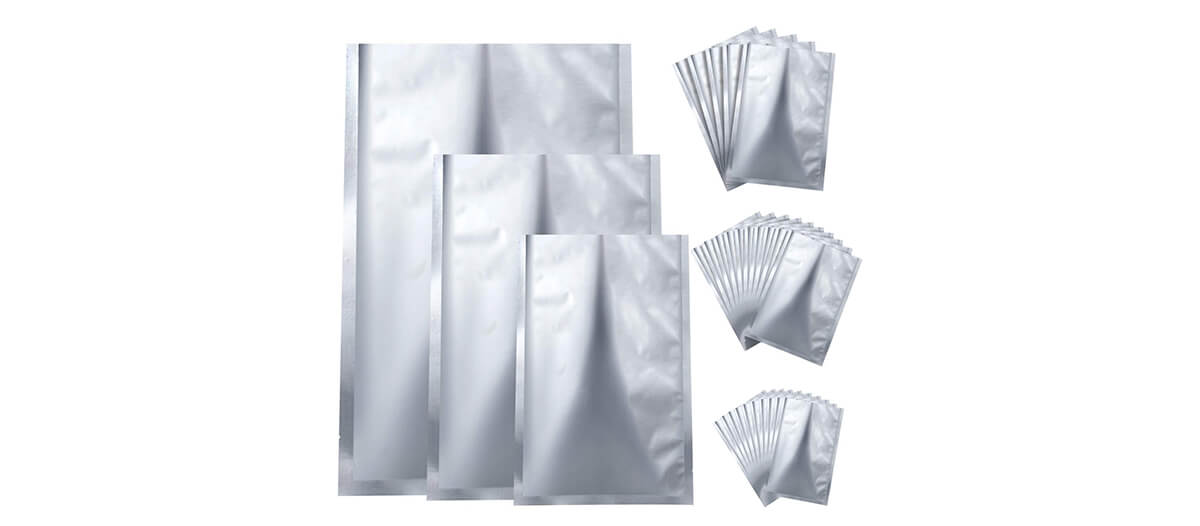
3. Types of aluminum foil bags on the market
You’ll find the following foil bags:
1) Aluminum foil stand-up pouch with valve
These bags provide great protection and aesthetics. In addition, they maintain the freshness, flavor and quality of preservatives in edible products.
They pack snacks such as:
- fried snacks
- cocktail dessert
- baked snacks
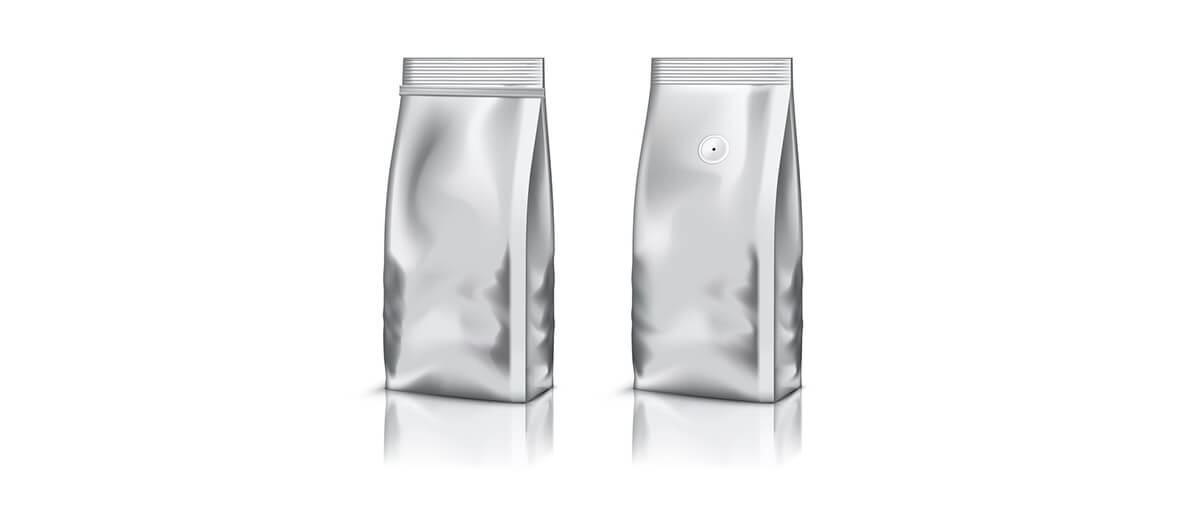
2) Aluminum foil stand-up pouch without valve
They are suitable for products that do not emit gas or vapor. One can also include additional functions.
3) Aluminum stand-up foil pouch with zipper
They feature a simple design and high-quality material construction. The bag can be resealed thanks to the durable zipper.
The sturdy bottom allows it to stand upright on a shelf making these stand-up pouches suitable for packaging the following products:
- A) coffee
- B) tea
- C) various edible products
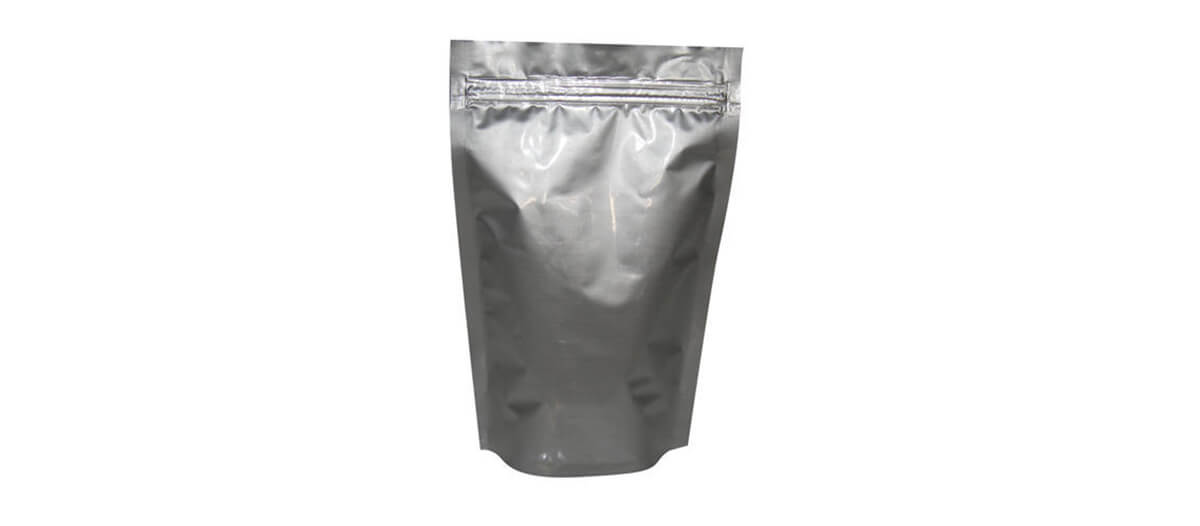
4) Custom-printed stand-up foil pouches.
They pack a variety of materials and can have windows. Customers can request custom printing embedded on the bag upon delivery. These include company logos, user manuals, product information, graphics, and more.
5) Transparent aluminum foil stand-up pouch
These bags are opaque and therefore do not protect the product from UV rays. They allow customers to see the contents of the bag at the time of purchase. Suitable for nuts, snacks, dried fruit and more.
6) Aluminum foil stand-up pouch with transparent window
The window allows customers to view the products inside the bag. They provide durable storage solutions for tea, sugar, rice and more. Also, windows can come in different shapes and sizes.
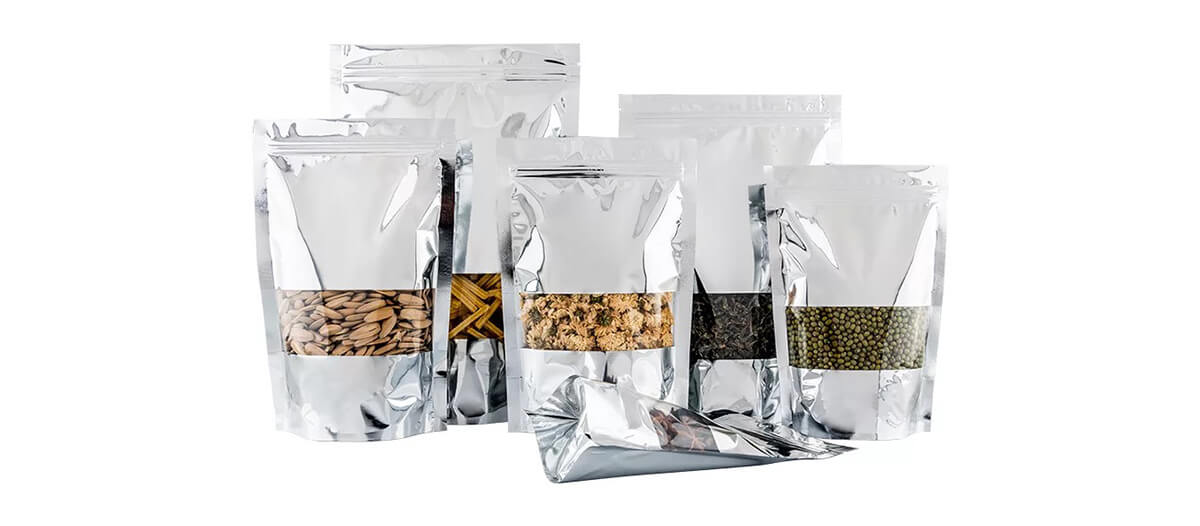
7) Gusseted aluminum foil bag
These are great for packing coffee, snacks, nuts and more. They have four gusseted sides with flat bottoms to keep them upright.
8) Gusseted aluminum foil bag with valve
They have a vent that allows extra gas to escape from the bag, preventing the bag from bursting. It allows the product to stay fresh for some time.
9) Square bottom with gusset with E-zip foil bag
The E-zipper allows customers to reseal the bag after opening it.
10) Easy-peel aluminum gusset pouch
They are easy to open for customer convenience. This allows it to be opened without using items such as scissors.
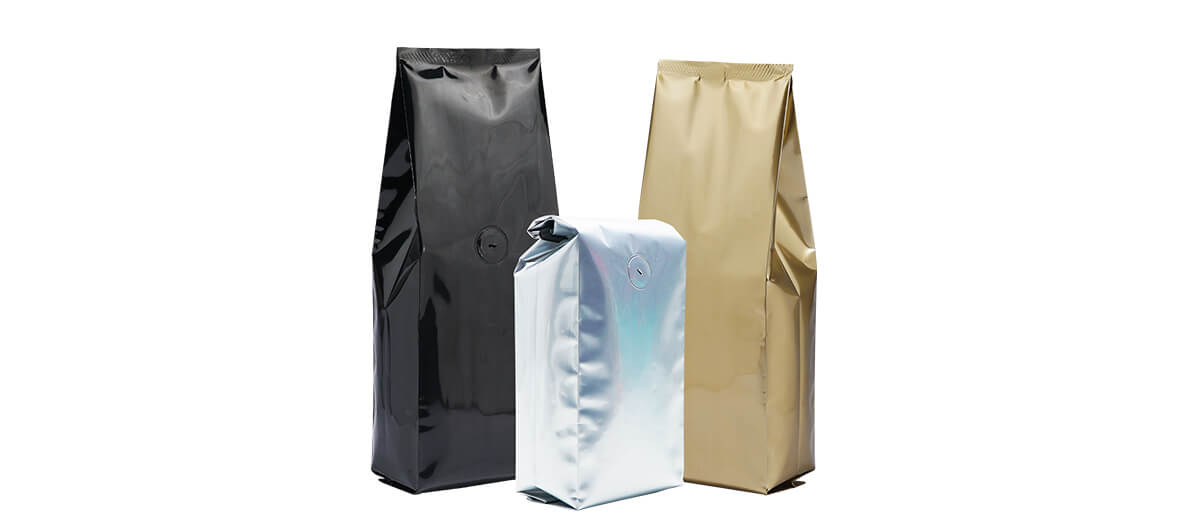
11) Four-seal gusseted aluminum foil bag
The quad-seal bag provides great barrier protection. It contains other materials such as PET and LLDPE. These two materials will help block UV rays, oxygen, moisture, and more. Plus, they’re BPA-free and FDA-compliant.
For example, I have a client who does wholesale cell phone business, including used phones. He told me that he uses aluminum foil bags to keep the electronics inside the phone. And these aluminum foil bags can preserve his products well.
12) Aluminum foil bag with spout
With a pouring system called a spout, this bag is suitable for liquid storage.
They can pack liquids such as:
- A) juice
- B) sauces
- C) drinks
- D) detergents
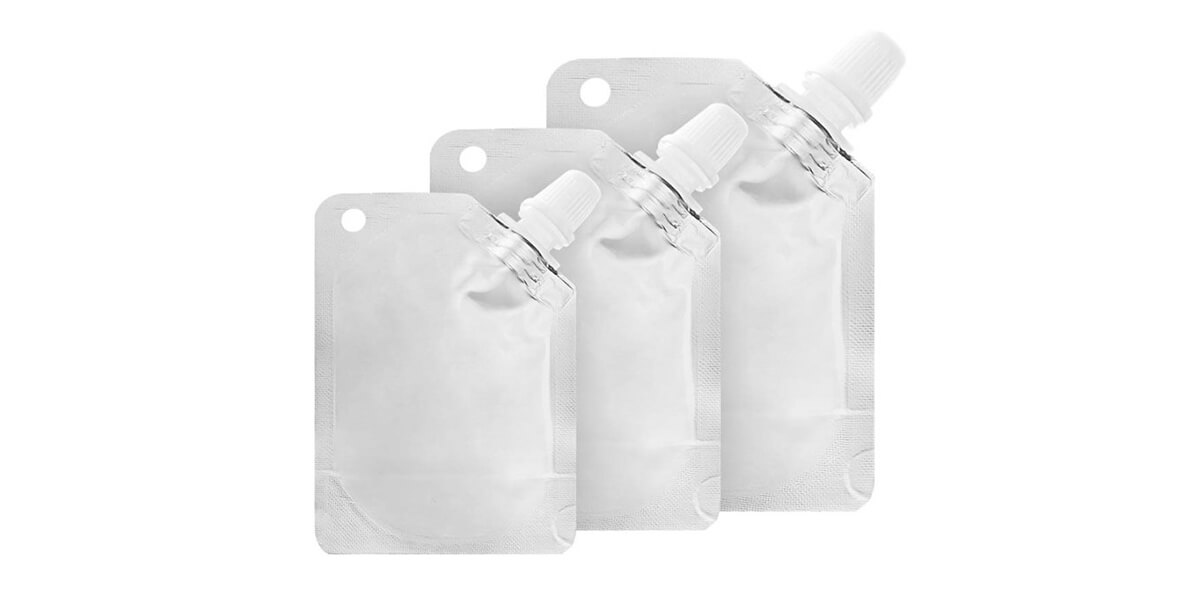
13) Aluminum foil vacuum bag
They contain the best materials that protect the contents from external elements. Once you suck the air out of the bag, the bag is heat-sealed. This creates a vacuum. Plus, you can add add-ons like tear-outs, hanging holes, and more.
14) Aluminum foil retort pouch
They are also known as reportable bags, which are constructed to protect products from the elements.
They apply to packages:
- A) ready-to-eat food
- B) fresh food
- C) organic food
- D) soup
- E) pet food
15) Aluminum foil flat bag
They are simple and easy to fill and seal. Plus, they have no pleats or gussets to which accessories can be added.
16) Pillow Aluminum Foil Bag
They consist of an upper surface mainly for opening, a rear/front part, and a sealing bottom. These foil bags are also known as T-seal bags or carrier bags. To protect your cargo from oxygen, moisture odor, and water vapor, they need to have strong barrier properties. They are affordable and have a large print area. Plus, they provide convenience and reliability for add-ons.
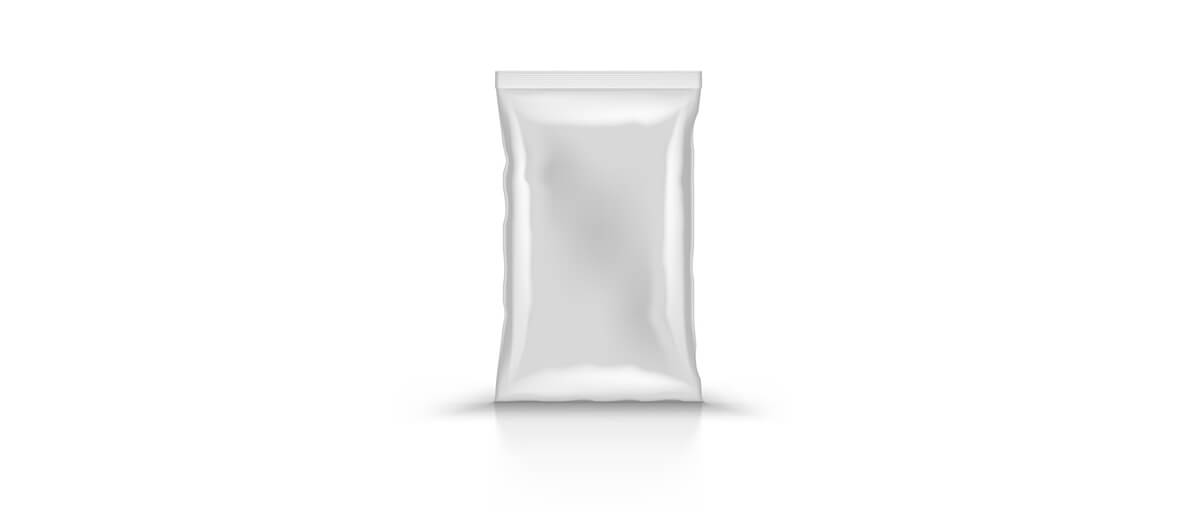
17) Side-seal aluminum foil bag
These bags have pleats on both sides and become larger once filled with product. Suitable for packaging coffee, tea, powder, pet food, etc. They are lightweight bags, so you can make them into any shape you choose.
Some have 4 fully sealed sides, or 3 sealed sides and an open side for filling purposes. It has the following advantages:
- A) Resealable zipper
- B) Aesthetic appeal
- C) Different tear openings
- D) Round bag
- E) A clear window
- F) Possibility to use matt or glossy finishes
- G) Availability of hanging holes
18) Three-side sealed aluminum foil bag
These bags are made from one layer of laminated plastic film. They have two closed sides and the top can be sealed or exposed. Also, they are lightweight and economical. They are suitable for both food and non-food items such as:
- A) Cosmetics
- B) Meat
- C) Poultry
- D) Medicines
- E) Dried fruit
- F) Fish
4. Features and specifications of aluminum foil bags
There are many functions such as:
- It provides a strong barrier against external elements
- Strong mechanical properties make it resistant to punctures and tears.
- The bag is also highly resistant to blasting.
- It can also withstand high temperatures up to 121°C and low temperatures up to -50°C.
- Non-absorbent makes it resistant to oil, grease, etc.
- It will also retain the perfect aroma of the product within.
- The bags are odorless and non-toxic.
- Its heat-sealing performance is good.
- The bag is soft and offers a high barrier capacity.
- It is light in weight.
- Plus, it keeps its shape when you deform it.
- In addition, the thermal conductivity is 235 W/mK.
- The resistivity is 2.65 µΩ.cm.
- The conductivity is 37.67 m/mm2d.
- The melting point is 660.
- Aluminum foil bags reflect 98% of heat and light.
- It is also not magnetic, thus providing suitable electrical shielding.
- The bags are sterile and therefore cannot support the growth of bacteria or other organisms.
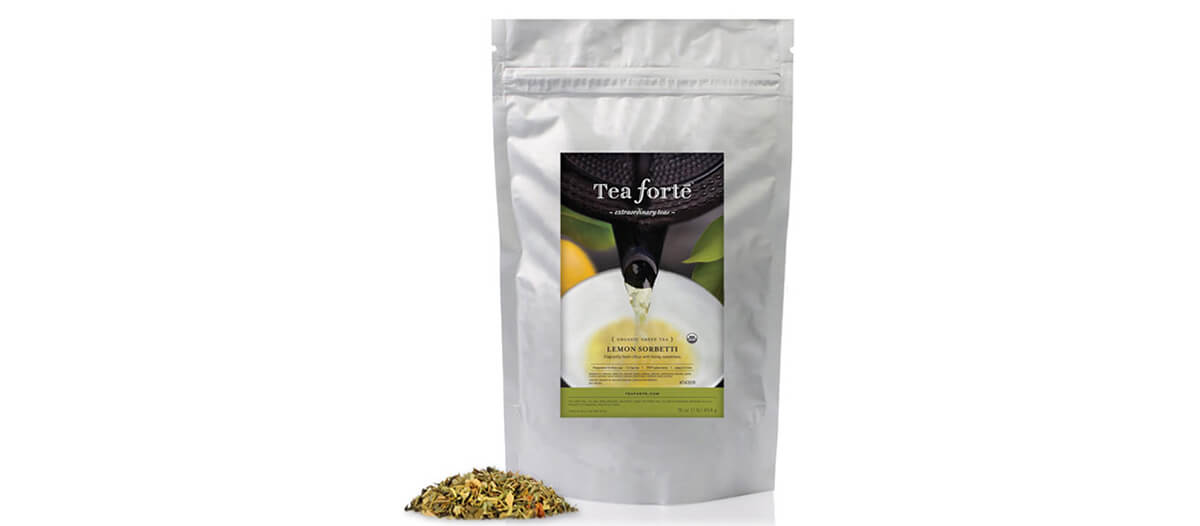
5. How is the aluminum foil bag made?
There are two methods to extract aluminum from bauxite material. The first process is refining the ore. This will remove contaminants such as:
- silica
- water
- iron oxide
- Titanium dioxide
Afterward, you smelt the remaining alumina to get pure aluminum. After this, you will roll the aluminum to produce foil. Here’s the step-by-step process on how to make foil bags:
1) Refine
First, you will refine the product via the process:
A. Digest
Here, you’ll grind bauxite and mix it with sodium hydroxide. You’ll then pump it under pressure into large tanks called digesters. This mixture breaks down the ore, forming saturated sodium aluminate and insoluble contaminants.
b. Clarification
At this stage, the mixture passes through several tanks and presses. The cloth will filter insoluble contaminants and the residue goes to the cooling tower.
C. Precipitation
In this step, you will seed the fluid with crystals to enhance particle formation. As the seed crystals come into contact with other crystals in the fluid, the aluminum hydroxide will begin to form in large clumps. After this, you’ll strain and rinse out the clumps.
D. Calcination
During this stage, you’ll be exposing the aluminum hydroxide to very high temperatures. This will remove the moisture from the material, leaving a white powdery residue called alumina.
2) Smelting
The process will separate the aluminum oxides from the Bayer process. It involves dissolving alumina in a smelting bath. The current causes crusting on the alumina to melt. When alumina dissolves, it undergoes electrolysis and produces pure fused alumina. Molten alumina enters the crucible and enters the furnace. One can add other elements to give personality to the final product.
3) Rolled foil
This stage will roll flat sheets to form thin foils. The rolling mill will pass the re-rolled stock separately, thinning them with each squeeze. During this process, alumina is heated to improve its machinability. The machine trims and cuts the paper as it emerges from the drum.
4) Bag formation
Here, pre-cut aluminum oxide sheets are shaped to form bags. The shape and size of the bag depending on the packaging needs. Additionally, you can coat the material with resin to provide an aesthetic effect. Additionally, you can compound alumina with paper, plastic film, and more. After the bag is formed, you will ship it to the customer.
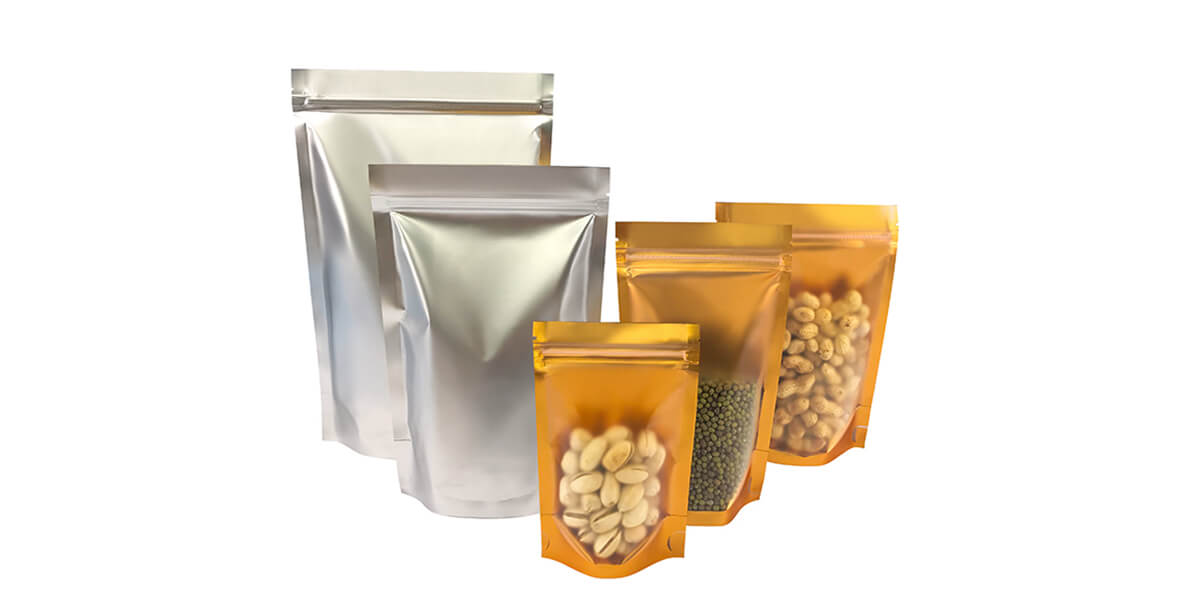
6. The benefits of aluminum foil bags
Aluminum foil bags have the following advantages.
1) Plentiful
Materials are plentiful and in no danger of running out.
2) Light
Aluminum oxide is not heavy, so it is easy to shape it. It also reduces packaging costs.
3) High-cost performance
It is easily obtained and molded into various shapes. Additionally, it is less expensive than other packaging materials such as plastic and glass.
4) Excellent barrier properties
Aluminum foil bags are made of multiple layers. In most cases, up to four (4) layers will be merged during authoring. Each layer has a unique function.
5) Environmentally friendly
Foil bags are environmentally friendly as they are made from biodegradable materials. Foil bags are also recyclable and therefore good for the environment. Manufacturing them takes very little energy compared to plastic bags.
6) Versatile
Foil bags can be easily customized. It can be used in a variety of industries, namely:
- A) Pharmaceutical industry
- B) Technology
- C) Food industry
7) Customization
Aluminum foil can be customized according to the user’s needs and specifications.
8) Good display
Foil pouches are available in different finishes for a great display of products. You’ll notice that some come in clear packaging, allowing consumers to see what’s inside.
9) Applicability
Foil bags are suitable for storing and packing items. This is because they are airtight, keeping the contents from moisture, pests and bad odors. Foil bags can be customized so that they fit comfortably in the refrigerator and on shelves. Some are also freestanding, suitable for shelf and retail display.
10) Puncture resistant
Aluminum foil can be designed to be puncture resistant yet still flexible. This is advantageous because losses due to the following factors can be minimized and avoided:
- Vandalism
- The smell seeps through.
- Moisture loss
11) Printing
Foil bags are printed with more information because common stamps can be printed on them, such as
- Digitally print on any part of the foil pouch.
- Gravure printing on the recessed surface of the bag
- Flexo printing on raised areas.
12) Add-ons
Includes the following features:
- tear opening
- matte finish
- self-supporting bottom function
- resealable zipper
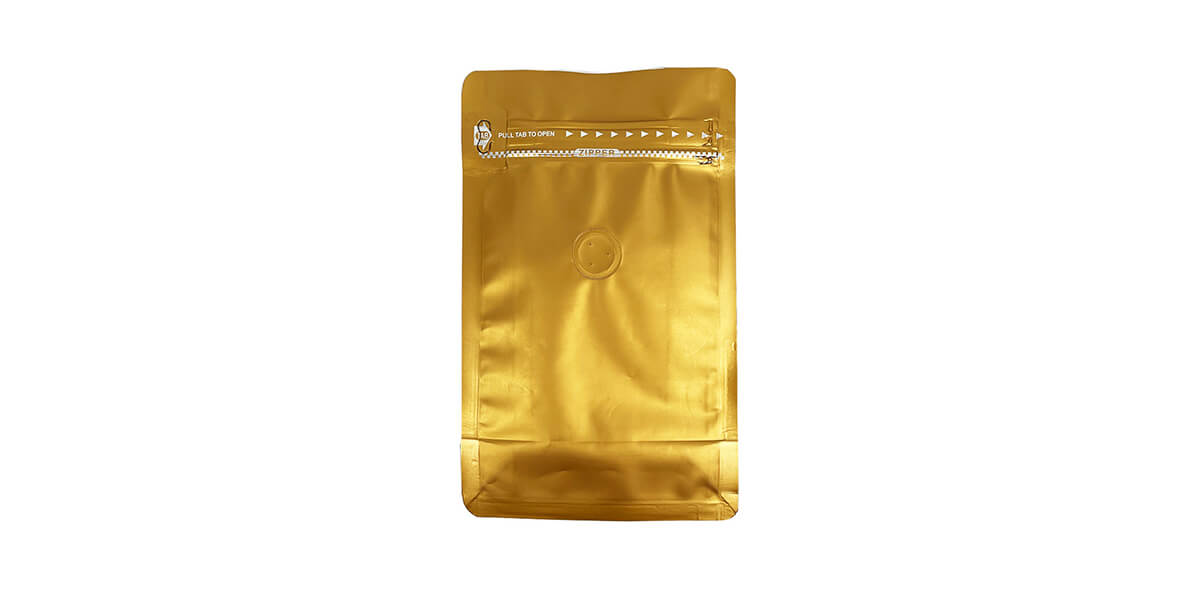
7. Aluminum foil bag material specification
These include:
- Materials from PET, AL and LLDPE.
- The thickness is between 0.045mm and 0.12mm, or according to customer requirements.
- ISO 9001:2000, ISO14001:2004 and QS certifications.
- Material reports such as SGS and MSDS.
8. Benefits of FDA-approved aluminum foil bags
The Food and Drug Administration will protect public health and ensure that products are safe and efficient. This ensures you meet the health and safety needs of the public while maintaining a high level of hygiene.
Here are the benefits of being FDA-compliant:
1) Promote uniform common principles for retail food handling to reduce complexity and better ensure consistency.
2) Ensure health guidelines reflect the latest scientific knowledge.
3) Through organized collective circulation, the Codex Alimentarius reflects the contributions of all partners.
4) Partners can leverage the logical and human assets provided by FDA and various offices to ensure the completion of the FDA’s Codes.
5) Provide successful controls as a means of reducing the risk of food-borne illness.
6) Provides an exhaustive approach to handling sanitation with extensive supporting documentation and preparation techniques.
7) Promote and consider the standardization of examinations and assessors.
8) It can bring savings related to inspection.
9) Reduce complexity and hassle for industry and government.
10) It improves customer understanding of food handling assumptions.
11) Produce a typical/normalized food handling language that can improve communication between controllers and industry managers.
12) Consistency using similar food codes allows associations to be performed between public chains by providing a standard investigation model.
13) States and community organizations use the FDA’s understanding of the Codex Alimentarius to reduce liability associated with improved understanding.
14) Make a standard language between the controller and the industry.
15) Encoura age typical understanding of hazards, risk control, and management between industry and controllers.
16) Reduce industry food safety preparation costs by allowing training materials to be used across the platform.
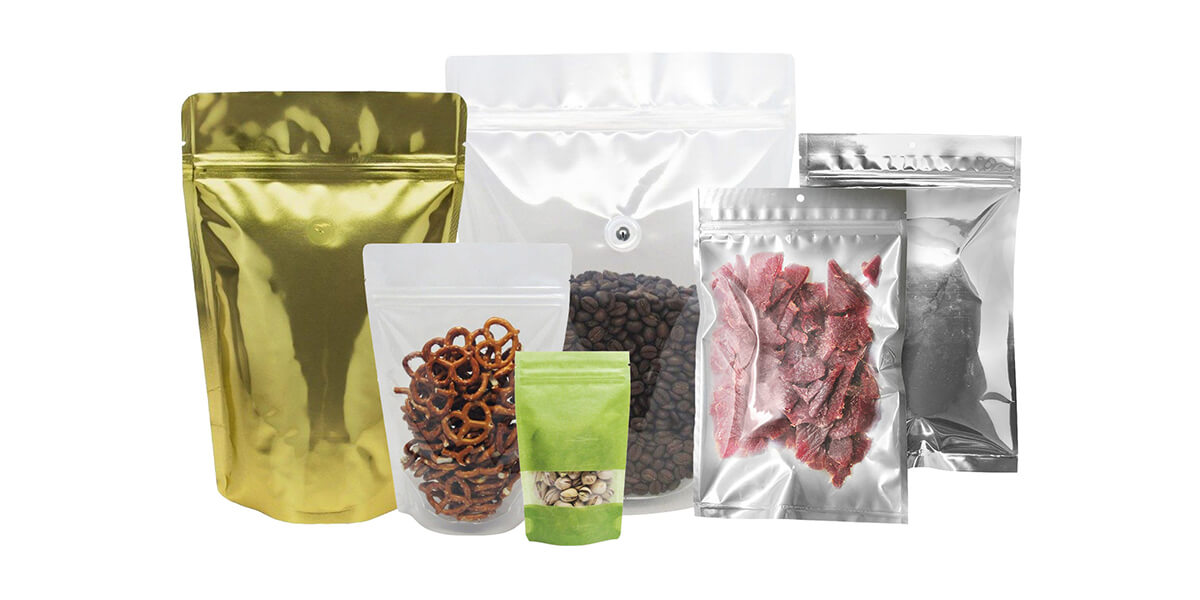
9. Types of aluminum foil bag closures
- peel seal
- heat seal
- zip top
- press-to-seal
- heat-sealed tear
- one-way valve
- sliding zipper seal
10. Barrier performance of aluminum foil bag
The barrier layer of aluminum foil has 3 or 4 layers of different materials. Also, barriers will protect the purity of the application. The barrier will have the following structure:
1) Polyester fiber
The outer layer will provide high-temperature resistance. It also has good mechanical strength. In addition, it also waterproofs the material in the bag.
2) Aluminum
This layer sits between polyester and polyethylene to keep outside elements from entering the bag. It prevents the product in the bag from spoiling.
3) Polyethylene
This enables one to heat seal or weld the barrier foil into your preferred shape. The performance of barrier foils is given by the water vapor transmission rate (WVTR). For laminate, it is <0.0006 g/100inches²/24hrs and <0.003g/100inches²/24hrs for the laminate you convert.
Aluminum barrier foils have the following beneficial properties:
- Corrosion removal
- Protects absorbent products from moisture ingress and damage.
- Items sensitive to the atmosphere are sealed from the outside world.
- Reduces desiccant usage, thereby reducing overall shipping weight
- Cut out the preservation method including washing
- No need to re-dry items
- Eliminates movement of odors in and out of the packaging
- Reduce the need for storage in case of changing environments
- Neat packing
- Suitable for hot fill applications
- It is approved by the European Pharmacopoeia and FDA
- Suitable for anti-static applications
- Recycleouter container
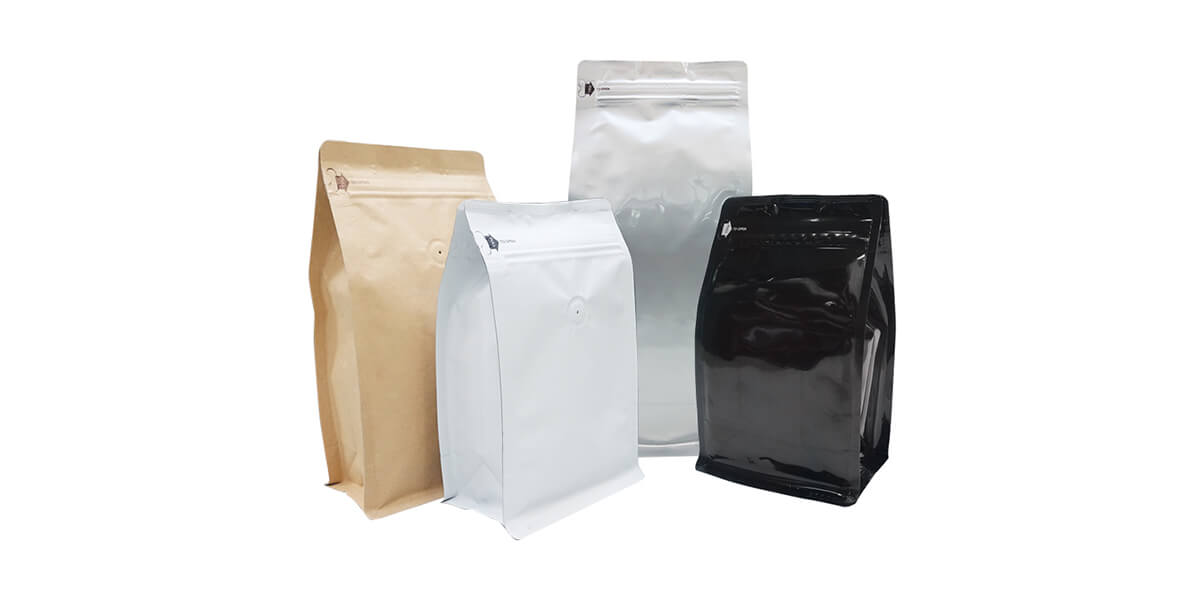
11. Available options for foil pouch color and finish
The finish on the bags will provide aesthetic appeal to the customers, thereby prompting them to purchase the items. You can apply two finishes: glossy or matte.
1) Matt finish
It will give a dull look but still look professional and attractive. Make sure the print is visible from a distance.
2) Glossy finish
This will give the aluminum bag a more shiny and polished finish. Any likeness, logo, graphic or imprint on these bags can be easily recognized by customers from afar. Also, you can use foil bags in different colors according to your needs and designs.
Some colors include:
- gold
- silver
- black
- red
- blue
- green
- white
12. Aluminum foil bag size
Aluminum pouch sizes vary by application. In addition, the quantity and nature of the product will also affect the bag size.
13. Aluminum foil bag thickness
The thickness of foil pouches varies by application. For example, some snack bags are very thin, while chemical fiber bags are thick. The quantity and nature of the product will affect its thickness.
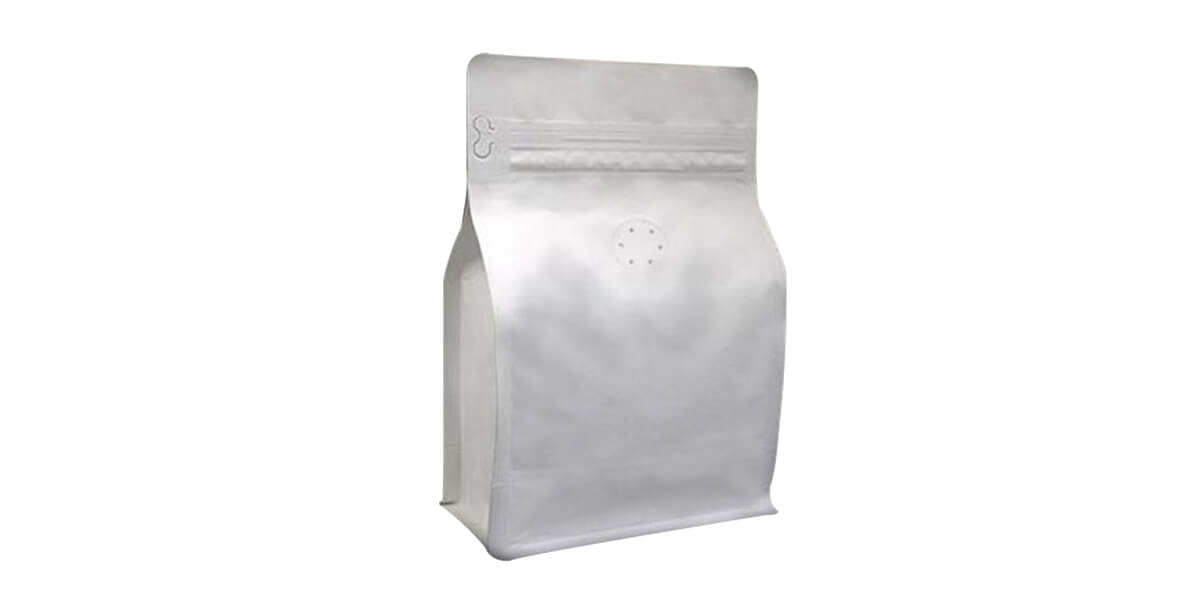
14. Minimum order quantity (MOQ) for aluminum foil bags
MOQ is the minimum quantity of foil bags that the supplier can sell you. For example, if the MOQ is 20000 pcs, the supplier cannot sell you less than this quantity. Products with higher production costs have a lower MOQ compared to products with lower production costs.
Here are some factors that affect the MOQ:
1) Customization
This will affect the MQ because customization needs more production time and cost. For example, colorful designs are expensive to produce, thus resulting in a high MOQ.
2) Types of aluminum foil bags
Foil bags that are easy to manufacture will require less MOQ. For example, aluminum foil flat bags are easy to make, so the MOQ requirement is lower. Foil bags, on the other hand, require additional add-ons and thus require a high MOQ.
3) Mold price
These designs will require the company to open a new mold when you are customizing your foil pouches. This means the company will increase the minimum order quantity to offset the high fees.
4) Company size
Large companies with many employees have a high MOQ for aluminum foil bags. Also, they have large machines, so they cannot produce small quantities by resetting parameters. In contrast, small companies can offer low minimum order quantities.
5) Package size
A roll of composite film can produce about 6000 meters of aluminum foil. This means that the same roll will produce more small bags and fewer large bags.
6) Packaging bag material
Combining lamination film can reduce MOQ.
7) Printing process
The flexographic printing method is more suitable forsmall-batchh packaging bag printing. This is due to its small and compact system nature, so, for a MOQ of thousands, this is not a problem. On the other hand, engraving and printing processes require large machines. Production of 10,000 pcs or less is difficult to do, so the MOQ is more than 20000 pcs.
8) Suppliers
A few factors will determine whether a supplier can sell you a small number of foil pouches:
- Suppliers and customers must have a two-way trust agreement.
- It is more expensive to produce the product, and the supplier cannot make a profit.
- Supplier’s production procedures
- Some customers will not add extra quantities when requesting custom aluminum foil bags, which means the manufacturing cost will be high.
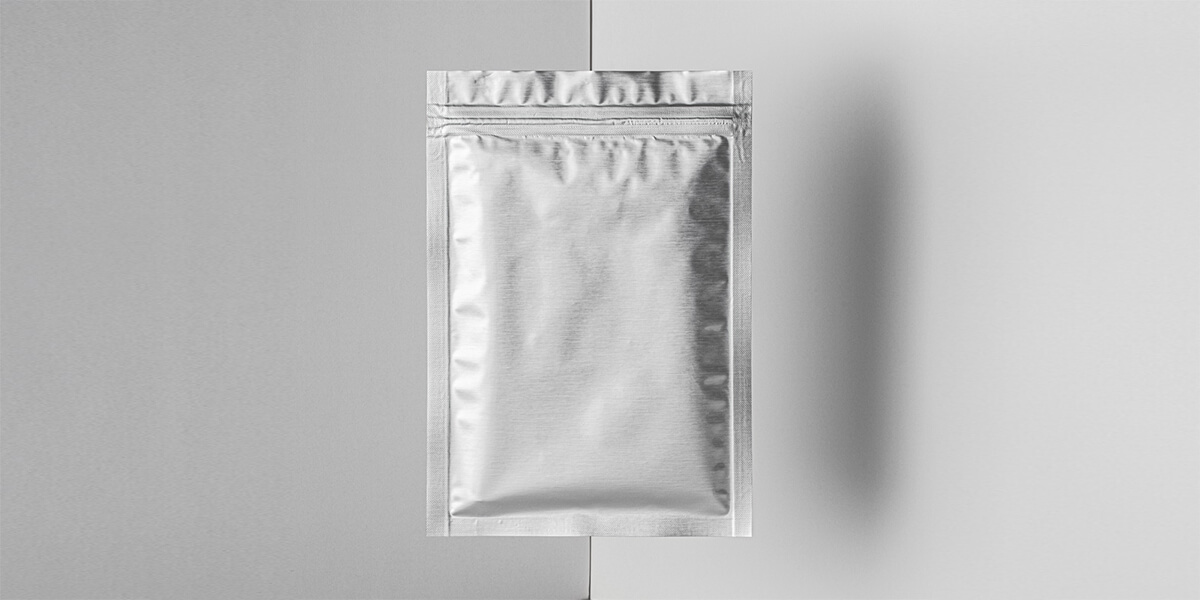
15. Foil bag printing option
Graphics can be included on the bag as it is puncture resistant and opaque. This makes it easy to apply print that is attractive to customers and the printing can be the following information:
- picture
- text
- logo
- instruction
- nutrients
This makes them more attractive and informative to consumers. The most common options available for printing foil pouches are:
1) Flexographic printing
Photopolymer printing plates are used in this technique.
2) Gravure printing
The image is applied to the substrate using the mounted plate cylinder.
3) Digital printing
A digital image-based method is used on bags.
16. Foil bag cost
Several factors affect the cost of foil bags, including:
- The number of bags you purchased
- Bag type
- Your supplier
- Additional features
17. The difference between kraft paper bags and aluminum foil bags
The key difference is their usage. Kraft paper bags are specialized food-grade bags. It is used to package various commodities, including food, in aluminum foil bags.
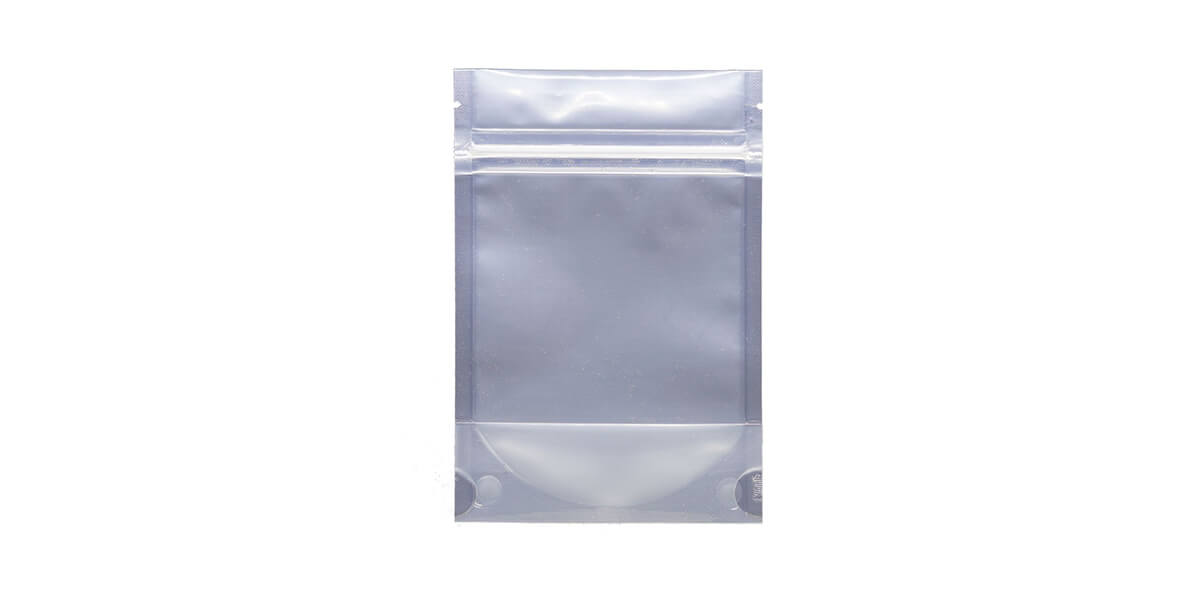
18. Plastic bags and aluminum foil bags for food packaging
You’ll choose the best option from the two based on the type of food you’re packing. Each has its advantages.
The advantages of plastic bags are:
- Flexible and adaptable
- Lightweight and thus requiring less storage space
- Durable in all weather conditions
- Economic
The advantages of aluminum foil bags are:
- Prevent the contents from oxidizing, waterproof and moisture-proof.
- It complies with health and safety standards for food storage and packaging.
- It is highly resistant to punctures, tears and blasts.
The main disadvantages of plastic bags are:
- It is not airtight, which affects the freshness of the food and leads to contamination.
- It doesn’t have great consistency due to the low resistance.
In conclusion, compared to plastic bags, aluminum foil bags are more suitable for food storage.
19. Factors to consider when choosing aluminum foil bags
You should consider the following factors:
1) Elasticity
This refers to the elasticity of the foil. They are two types:
- Soft tempered foil
- Hard steel foil
The material you plan to pack will determine your choice. Soft-tempered aluminum foil is the most common. It is easily extendable. It is more suitable for packaging three-dimensional products such as butter and chocolate. Rigid tempered aluminum foil is good for packaging rigid and compact products.
2) Measurement
Aluminum foil bags are measured by their thickness. It is measured in thousands of inches (Mil) and microns (Microns). It ranges from 235 million to 2 million. If your product is heavy, it is better to choose a product with a greater thickness.
3) Alloy
This refers to the bursting strength and elongation of the aluminum foil.
4) Wettability
This is divided into three levels, namely:
- Grade A – Best for printing.
- Grade B – Printed on the first film only.
- Grade C – Stamp printing only.
Wetting determines the quality of printing that can be applied on foil pouches.
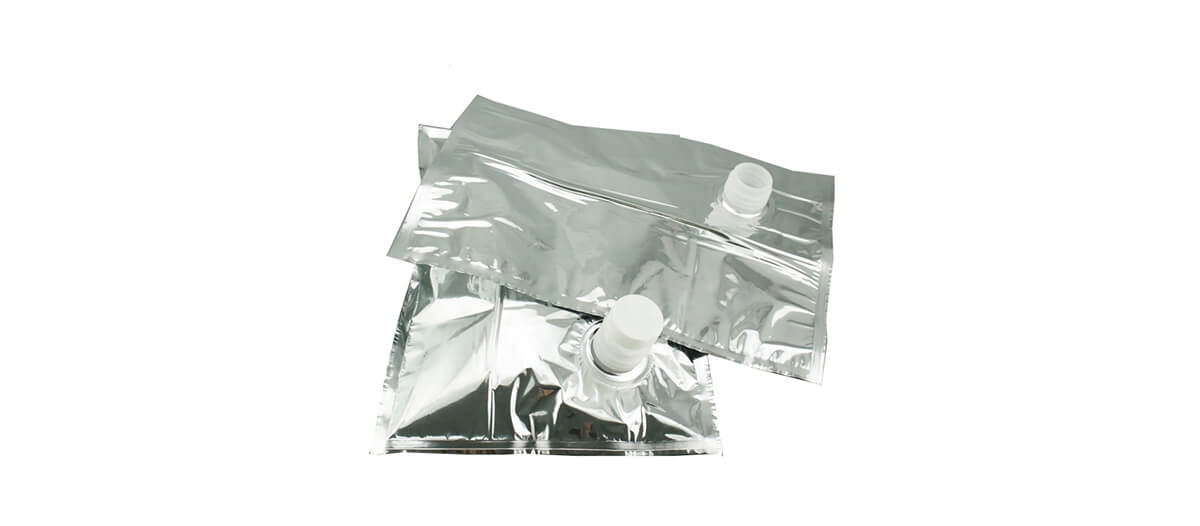
20. The impact of aluminum foil bags on human health
Foil bags are thought to cause Alzheimer’s disease. A neurological disorder that causes the loss of brain cells. These diseases are associated with high aluminum levels in the body system. Foil bags come in handy. The benefits they offer far outweigh the disadvantages. However, the risks of how and when to use them should be considered. Foods with high acidity should not be stored in foil bags to avoid leaching.
The following precautions should be taken:
- Avoid high-heat cooking: Cook food at lower temperatures whenever possible.
- Use less aluminum foil: Reduce the use of aluminum foil when cooking, especially when cooking with acidic foods such as tomatoes or lemons.
- Use non-aluminum utensils: Use non-aluminum utensils for cooking, such as glass or porcelain flatware and utensils.
- Avoid mixing aluminum foil with acidic foods: Avoid exposing aluminum foil or cookware to acidic foods such as tomato sauce or rhubarb.
21. Conclusion
We offer a range of aluminum foil bags according to your unique requirements and specifications. If you have any questions about your foil pouch order, please contact us anytime.

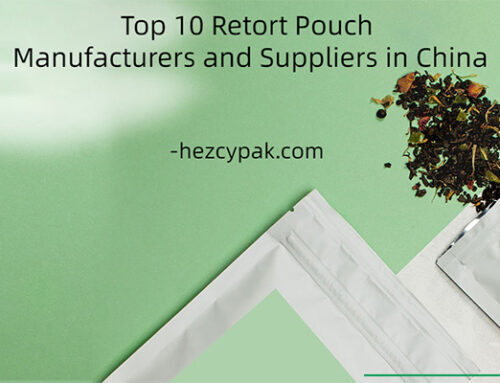
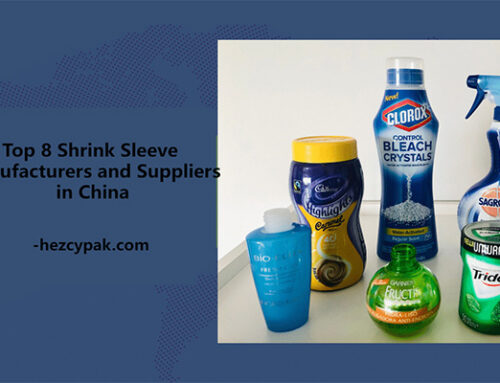
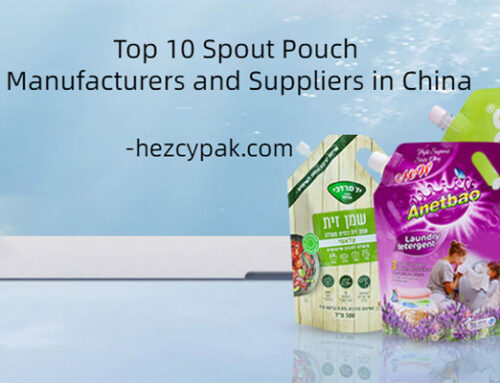
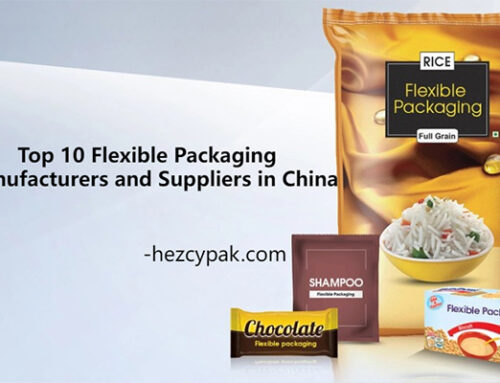
Leave A Comment